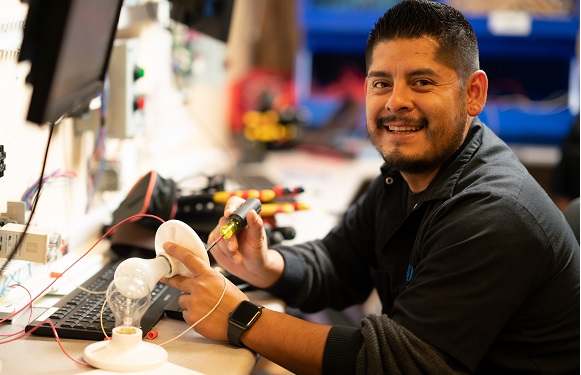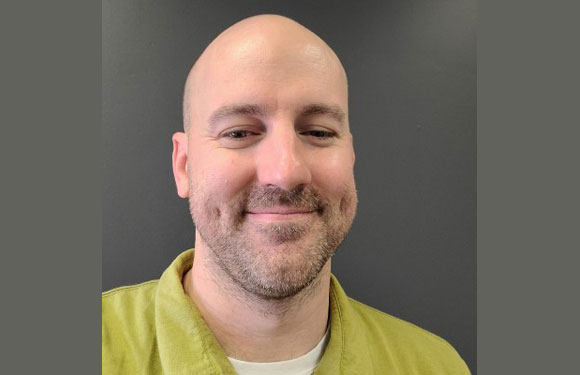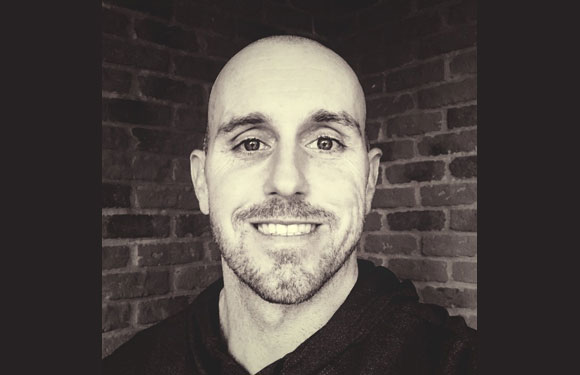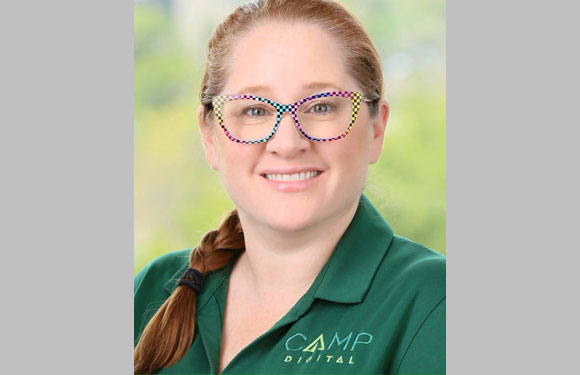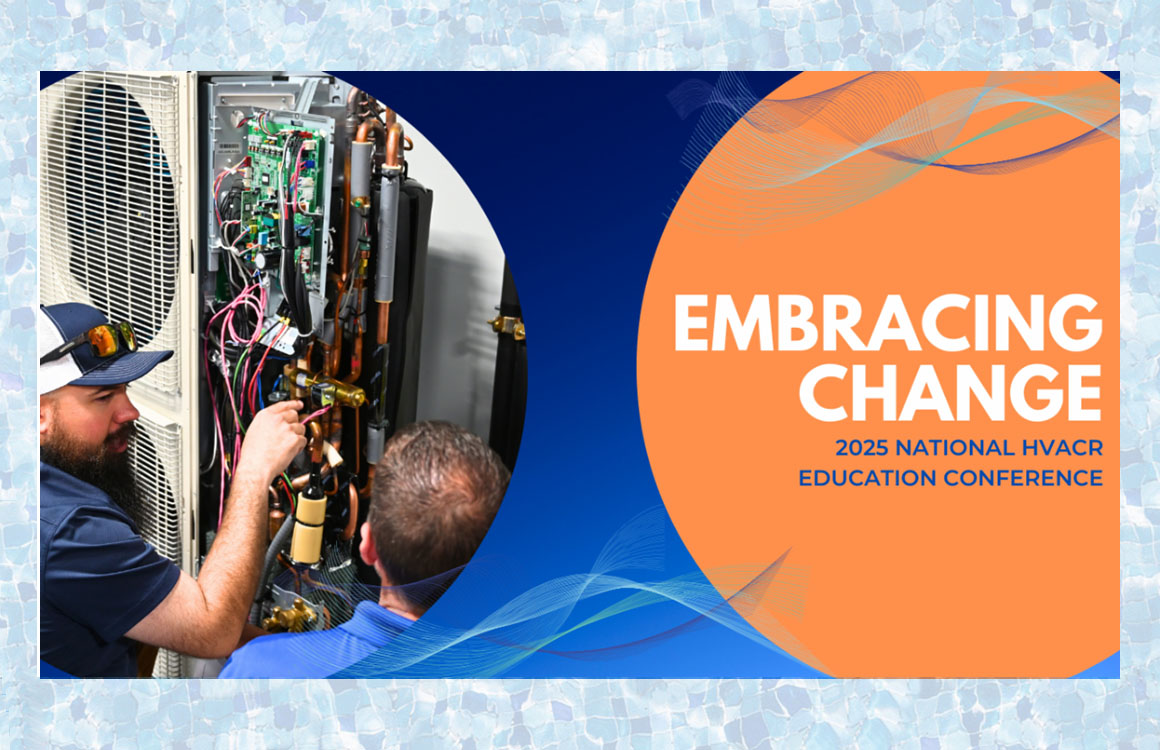
News
Carbon Monoxide: Three Excuses Not to Measure Carbon Monoxide
By David Richardson
Welcome to the beginning of 2021. Many people will start this new year with a resolution to improve their personal or professional life. Often, these promises focus on fitness, health, or finances. Unfortunately, most people drop their resolutions before February.

For a resolution to stick, there must be a desire to change. After all, why go through the hassle if you’re comfortable with the way things are? Some HVAC companies are content to not measure CO (carbon monoxide) as part of their service procedures. Everything appears fine, so why would they change? If you can relate to this and don’t plan on changing, here are three excuses you can use to justify not measuring CO.
The Customer Has a Store-Bought CO Alarm
“All buildings should have a store-bought CO alarm.” This is the prevailing wisdom we hear from many industry experts. If a problem appears, the CO alarm sounds and alerts everyone of potential danger. You don’t have to worry about a thing. Let the alarm do its job because it’s all your customers need.
Standard UL 2034 rates and certifies store-bought CO alarms. You can look at the alarm or read the instruction manual to find the CO level and exposure length that sets off the alarm. Typically, these are:
- 70 PPM +/- 5 PPM for 60 to 240 minutes
- 150 PPM +/- 5 PPM for 10 to 50 minutes
- 400 PPM +/- 10 PPM for 4 to 15 minutes
Many store-bought alarms fail to sound at these levels:
- 30 PPM +/- 3 PPM for 30 days
- 70 PPM +/- 5 PPM for 60 minutes
You may say, these devices are more than sufficient to protect your customers, right? What about the other warning label on most CO alarms that say it might not be sensitive enough for the young, the elderly, or individuals with health problems?
There’s a Venting System, Silly
Another excuse for not measuring CO is that most fuel-fired equipment has a venting system that exhausts combustion gases outdoors. If you find steam leaving the vent cap, the flue gases are leaving the equipment. Sounds good, right? What about those situations where you can’t see steam exhausting? You could hold a match or use smoke around the base of the drafthood. If air pulls into the hood, everything works as designed, right?
What about unvented appliances like a gas oven or fireplace? Should a homeowner worry about them? Some of these units have been around for decades with no vent. After all, if they were unsafe, production would have stopped long ago. However, if something unfortunate happened, the store-bought CO alarm would catch the problem, wouldn’t it?
No Cracks in the Heat Exchanger
Our industry places a lot of focus on cracked heat exchangers as a CO source. We’ve been told that if there’s a crack in the heat exchanger, CO will leak into the airstream and move through the duct system, into the building. Do you agree with this?
A heat exchanger inspection is one of the first checklist items on many maintenance and service calls. If the heat exchanger is “leak-free” then all should be good and there’s no need for further safety tests. You eliminated every potential CO suspect with this single inspection, right? No crack, no problems?
However, many technicians frequently find cracked heat exchangers. When they do, they make the needed repairs or turn off the furnace. Once you find a cracked heat exchanger, you find the CO source. Then you fix it and move on to the next job. Problem solved, right? Surely it won’t fail again. Or will it?
Are You Serious Richardson?!
No. I’m not. If you have read this column before, you know there’s no way I would condone these excuses for not measuring CO. There’s a lot of sarcasm in this article. Please don’t take my tongue-in-cheek approach seriously. Instead, I want you to consider how our industry has a professional responsibility to serve and protect its customers. I’m afraid we take this obligation too lightly. When you look at it from this angle, it seems ridiculous not to measure CO.
Consider each of these situations carefully. I used the excuses I made for not CO testing because I didn’t know any better. My world changed when I committed to testing. What if you made that same commitment this year? What if you measure and discover CO that a store-bought alarm didn’t pick up? Would the change be worth it?
Why not commit to doing the right thing and make CO testing part of your business? Stick with it for more than a month and I believe you will discover you made the right decision. As William H. Danforth, the founder of Ralston Purina, said, “Excuses satisfy only those who make them.” Don’t make excuses. Instead, make the right choices and assure your customers’ safety. Next month, I’ll discuss what these excuses overlook and their unexpected consequences.
About the Author
David Richardson serves the HVAC industry as a curriculum developer and trainer at the National Comfort Institute, Inc. (NCI). NCI specializes in training focused on improving, measuring, and verifying HVAC and Building Performance.
If you’re an HVAC contractor or technician interested in learning more about adding carbon monoxide testing to your services, contact David at davidr@ncihvac.com or call him at 800-633-7058. NCI’s website www.nationalcomfortinstitute.com is full of free technical articles and downloads to help you improve your professionalism and strengthen your company.



